Data Sheet Samples
-
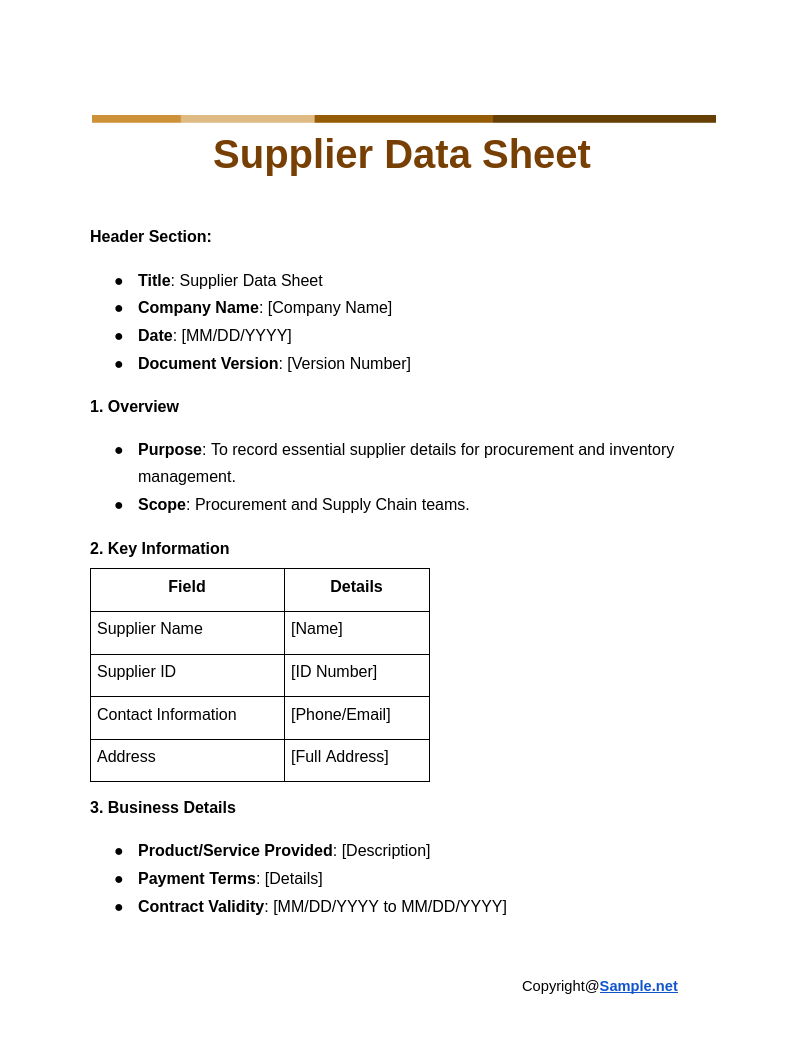
Supplier Data Sheet
download now -
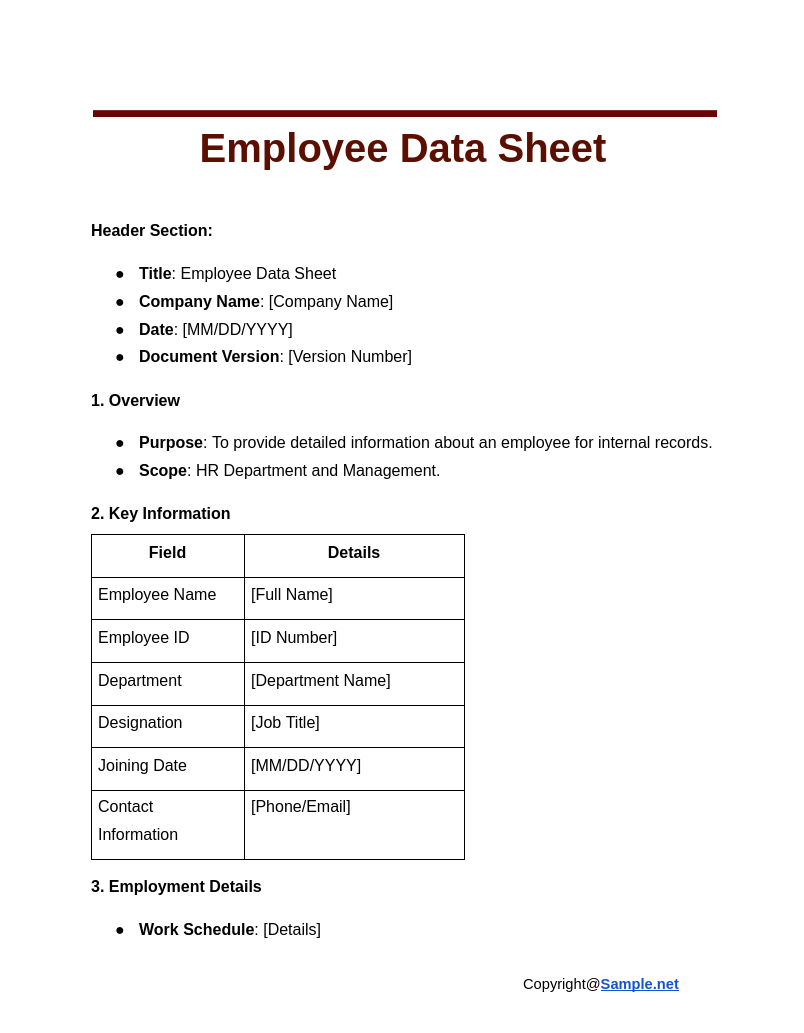
Employee Data Sheet
download now -
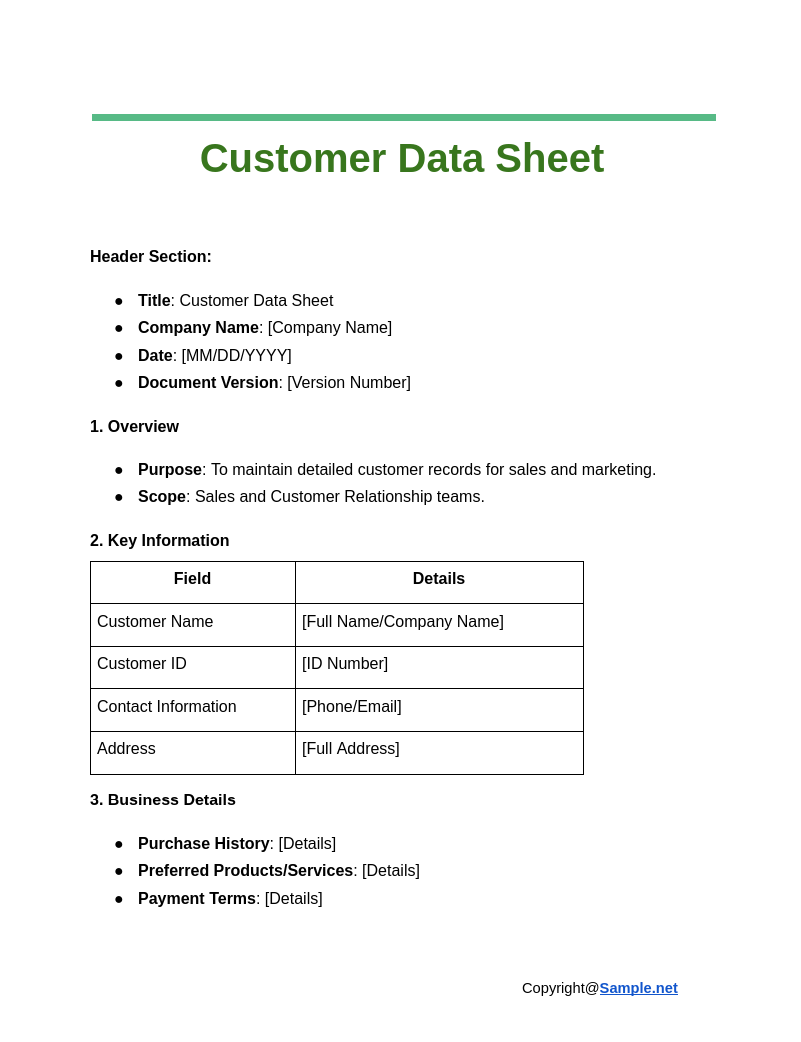
Customer Data Sheet
download now -
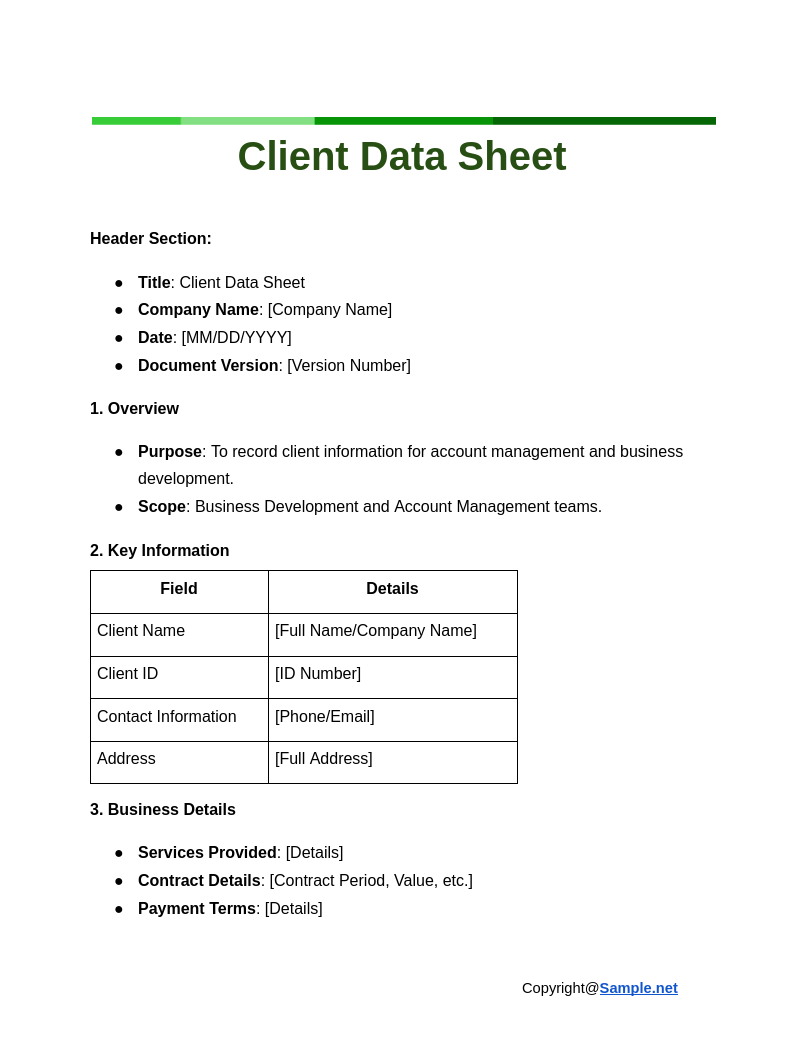
Client Data Sheet
download now -
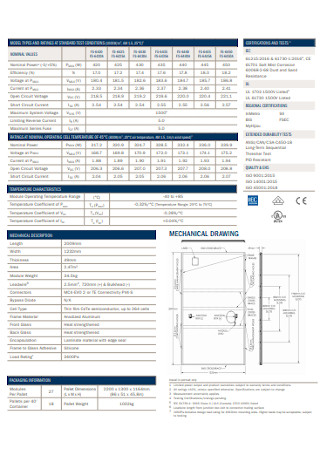
Module Data Sheet
download now -
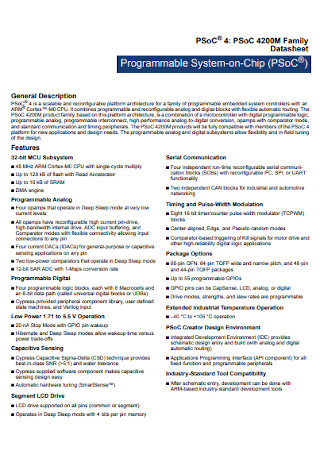
Family Data Sheet
download now -
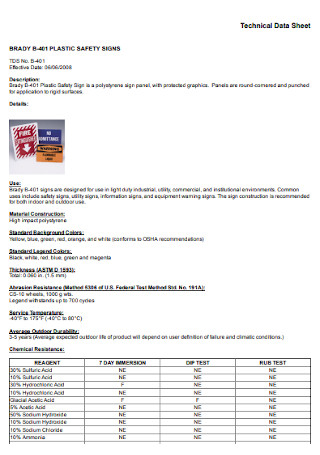
Technical Data Sheet
download now -
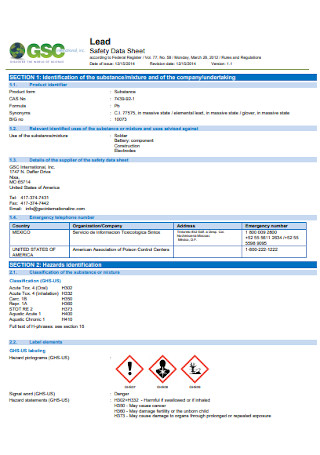
Lead Safety Data Sheet
download now -
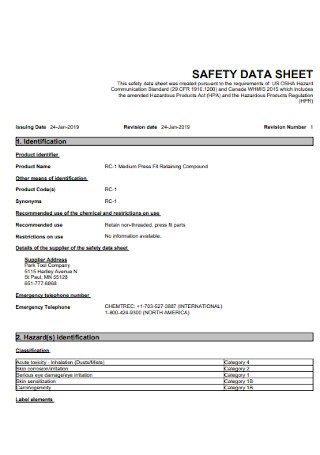
Park Safety Data Sheet
download now -
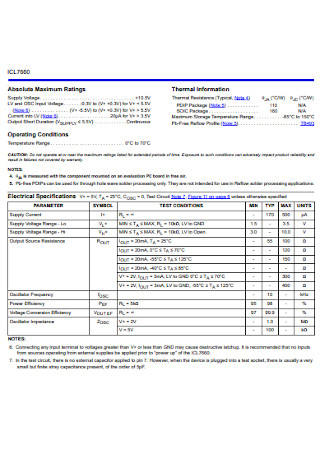
Sample Data Sheet Template
download now -
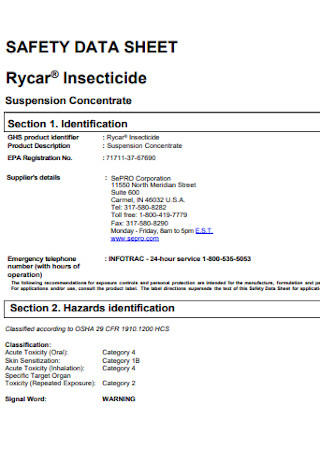
Insecticide Safety Data Sheet
download now -
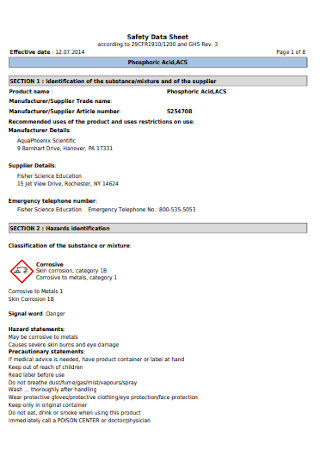
Acid Safety Data Sheet
download now -
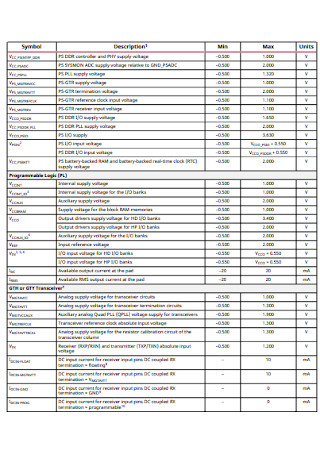
Data Sheet Format
download now -
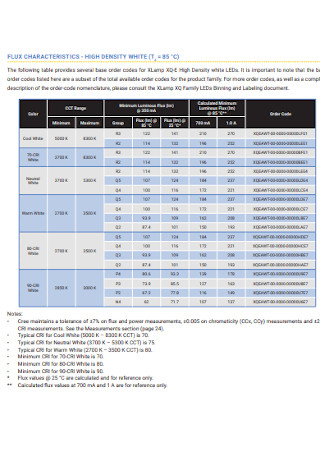
Product Family Data Sheet
download now -
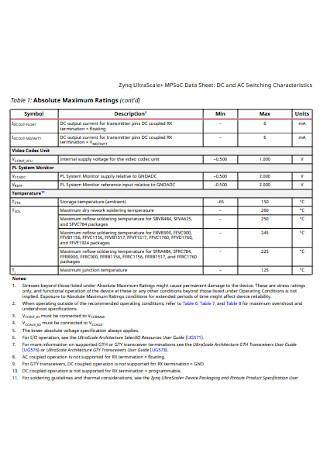
Standard Data Sheet Template
download now -
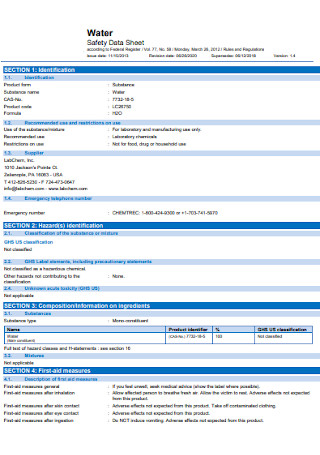
Water Data Sheet
download now -
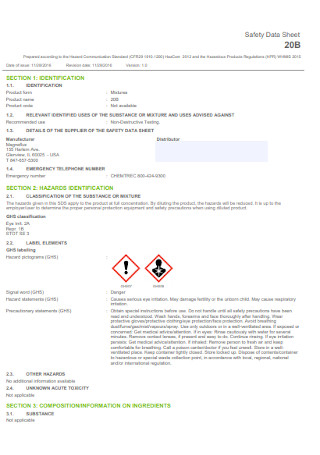
Sample Data Sheet Template
download now -
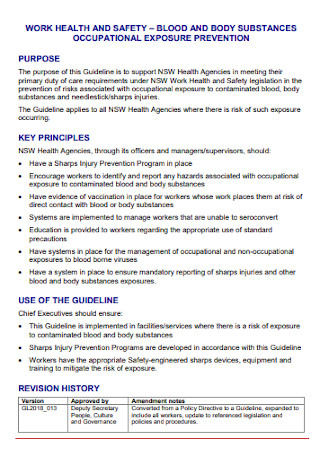
Health Data Sheet
download now -

Safety Data Sheet
download now -

Reach and Safety Data Sheet
download now -
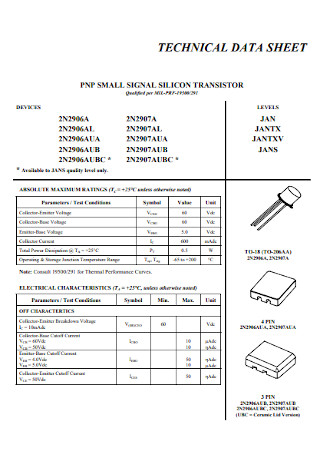
Technical Data Sheet Example
download now -

Basic Data Sheet Template
download now -
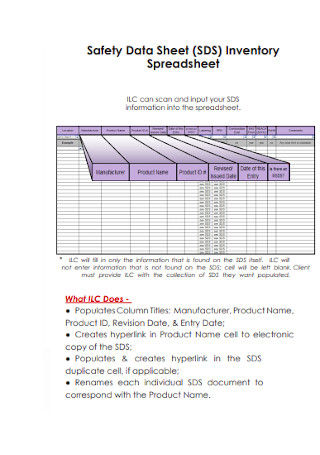
Data Inventory Sheet
download now -

Simple Data Sheet Template
download now -
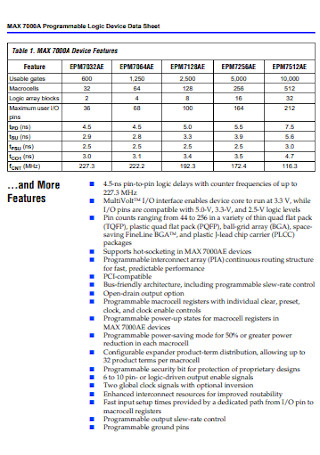
Logic Device Data Sheet
download now -
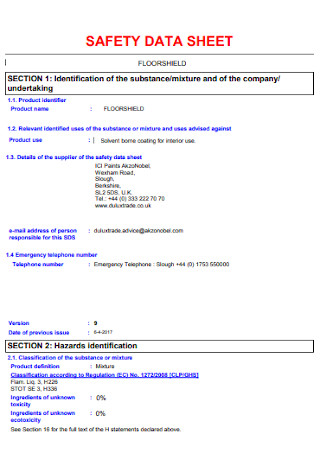
Sample Safety Data Sheet
download now -

Computer Data Sheet
download now -
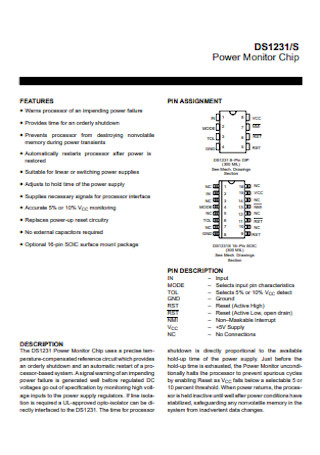
Power Monitor Chip Data Sheet
download now -

Material Safety Data Sheet
download now -
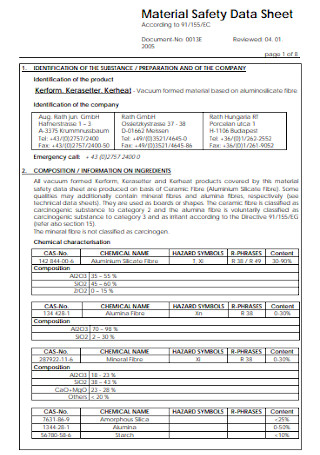
Material Safety Data Sheet
download now -
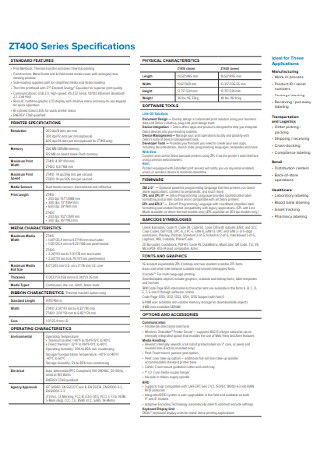
Industries Data Sheet Template
download now -
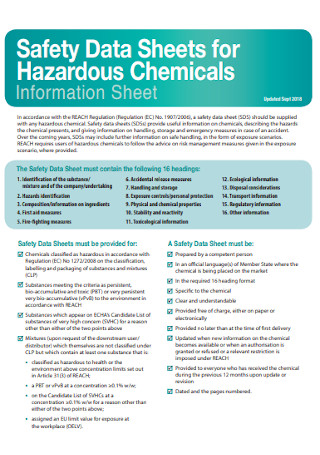
Safety Data Sheets for Chemicals
download now -
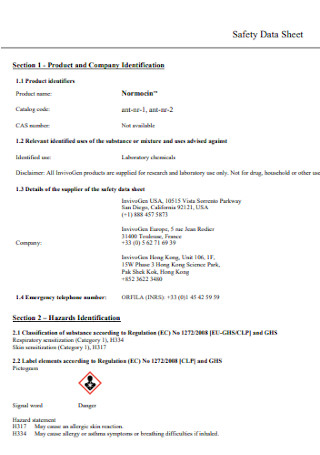
Product Safety Data Sheet
download now -
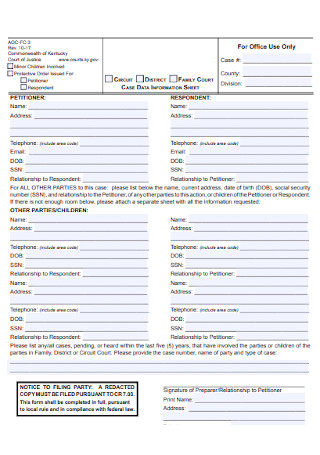
Data Information Sheet
download now -

Formal Safety Data Sheet
download now -
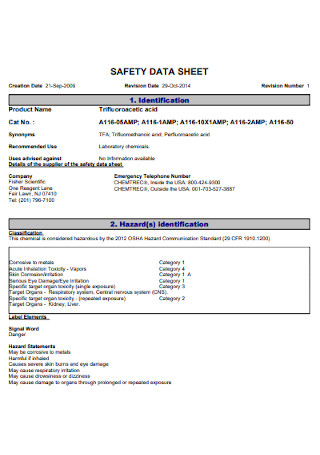
Printable Data Sheet Template
download now -
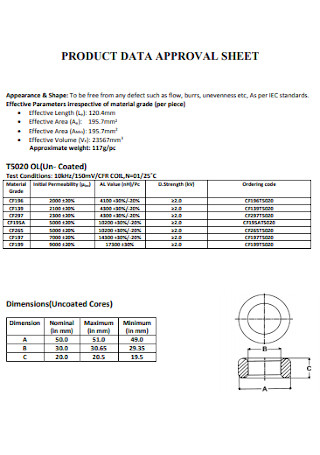
Product Data Sheet
download now -
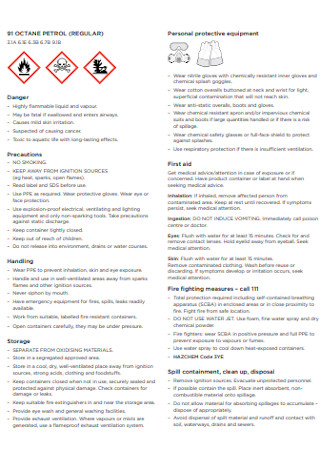
Workplace Safety Data Sheets
download now -
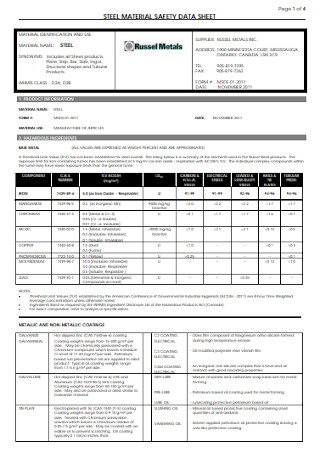
Steel Material Safety Data Sheet Template
download now -

Standard Data Sheet Example
download now -

Lead Safety Data Sheet
download now -
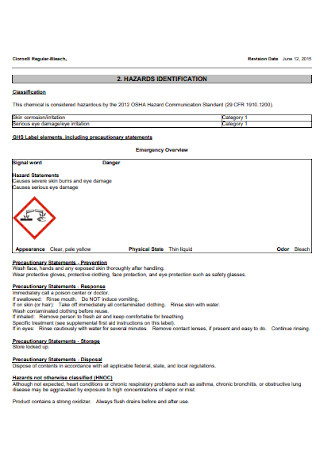
Company Safety Data Sheet Format
download now -
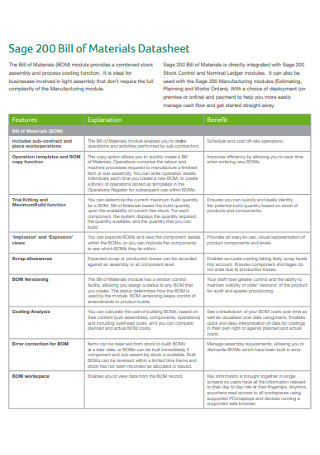
Bill Data Sheet
download now -
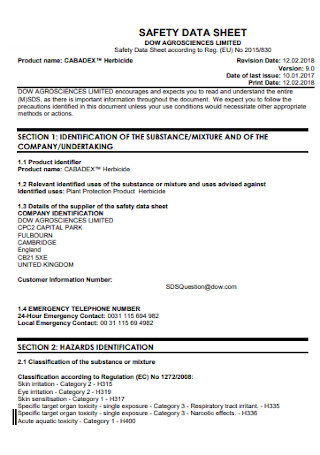
Science Data Sheet
download now -
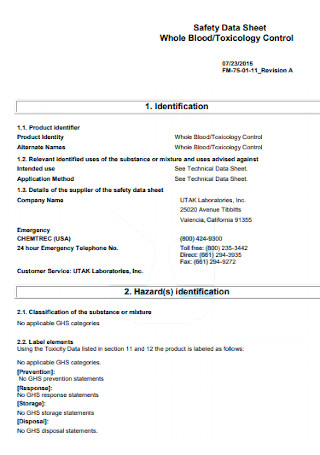
Blood Safety Data Sheet
download now -

Data Sheet for Genomic DNA
download now -
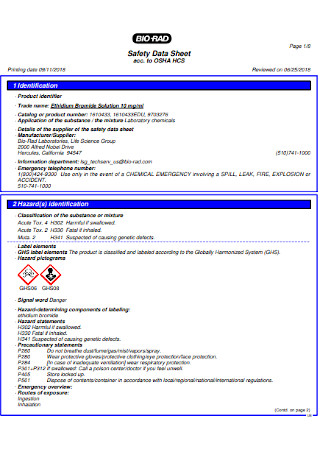
Safety Data Sheet Example
download now -
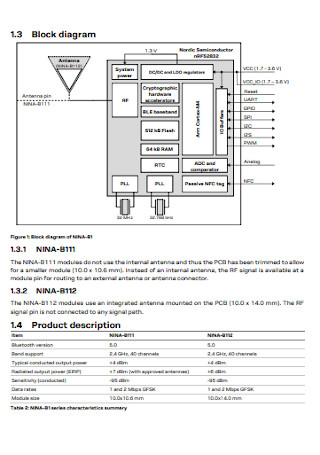
Diagram Data Sheet
download now -
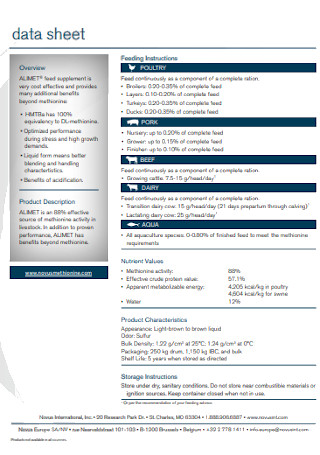
Professional Data Sheet Template
download now -
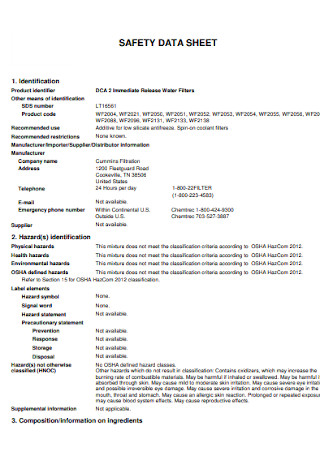
Water Filters Data Sheet
download now -

Percolation Test Data Sheet
download now -

Sample Safety Data Sheet Template
download now
FREE Data Sheet s to Download
Data Sheet Format
Data Sheet Samples
What is a Data Sheet?
Why Are Data Sheets Important?
Common Examples of Data Sheets
How to Make a Standard Data Sheet
FAQs
What are the other names of a data sheet?
What are the benefits of a data sheet?
What is a datasheet in MS Excel?
What are the common sections inside a data sheet?
What is Datasheets PDF?
What should be on a datasheet checklist?
What are the qualities of a good data sheet?
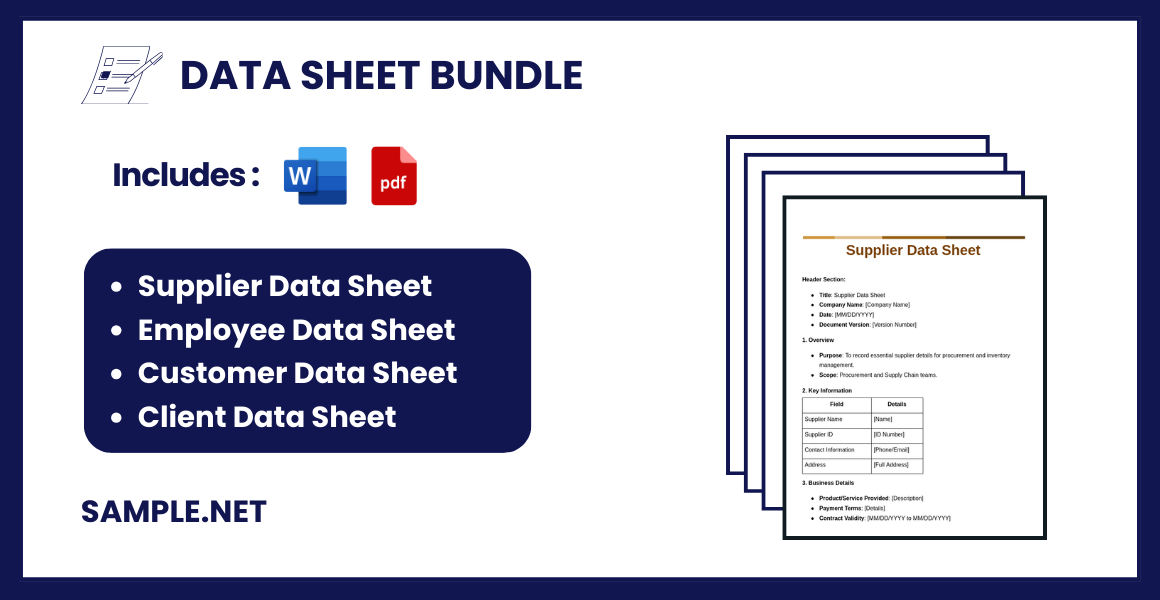
Data Sheet Format
Header Section:
- Title: [Data Sheet Title, e.g., “Product Specifications” or “Material Data”]
- Company/Organization Name: [Name of your company or organization]
- Date: [MM/DD/YYYY]
- Document Version: [Version Number]
1. Overview
- Purpose: [Brief description of what the data sheet is about]
- Scope: [Specify the audience or use case]
2. Key Information
| Parameter/Field | Details |
|---|---|
| [Parameter 1] | [Description or Value] |
| [Parameter 2] | [Description or Value] |
| [Parameter 3] | [Description or Value] |
3. Features/Specifications (if applicable)
- Feature 1: [Description]
- Feature 2: [Description]
- Feature 3: [Description]
4. Performance Metrics (if applicable)
| Metric | Value |
|---|---|
| [Metric 1] | [Value] |
| [Metric 2] | [Value] |
| [Metric 3] | [Value] |
5. Technical Details
- Material Composition: [Details]
- Operating Conditions: [Details]
- Storage Requirements: [Details]
6. Visuals/Diagrams (Optional)
- Attach any relevant images, charts, or diagrams to provide clarity.
7. Compliance and Standards
- Certifications: [List of certifications]
- Regulatory Compliance: [Applicable standards or regulations]
8. Additional Notes
- [Any disclaimers, usage notes, or special instructions]
9. Contact Information
- Company Name: [Name]
- Support Email: [Email]
- Support Phone: [Phone Number]
- Website: [Website URL]
Footer
- Confidentiality Notice: [Optional]
- Version History: [Version Number, Changes Made, Date]
What is a Data Sheet?
A data sheet is a document that outlines the technical specifications, features, performance metrics, and operational guidelines of a product or service. It is essential for users to assess compatibility, functionality, and usage. You can also see more on Product Fact Sheet.
Why Are Data Sheets Important?
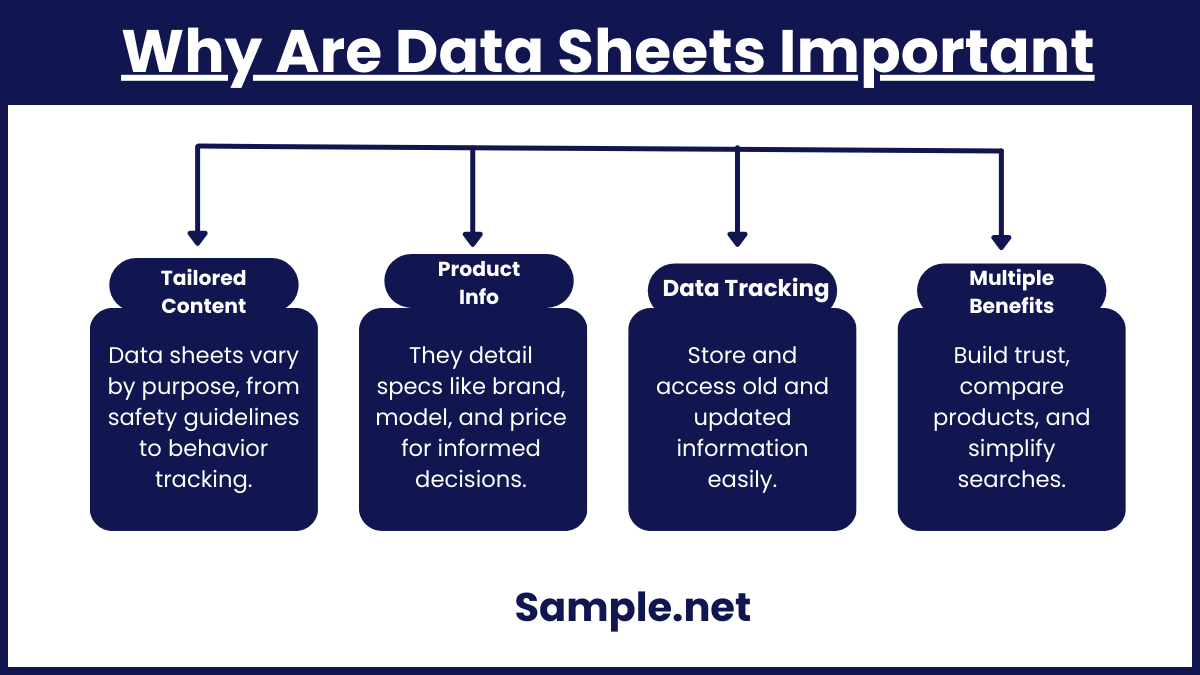
If a data sheet can be personalized according to an organization’s purpose and needed content, then it is hard to state how important data sheets are in just a few words. Its function is ubiquitous in the first place. But in this segment, hear out a few important reasons why data sheets are a must in all industries. You can also see more on Company Sheet.
Personalized Content per Business
Every company data sheet doesn’t have the same content. Its details can be personalized according to the organization’s intentions such as how safety data sheets focus more on the preventive and recommended standards for occupational health and safety while personal behavior data sheets lean more toward observational details by tracking and using behavior charts. The key is to know your purpose in having the data sheet.
Product and Technical Specifications
The most notable function of data sheets is to work as product information sheets. With a technical data sheet that carries product specifications, buyers or clients can easily make decisions about whether they should purchase your product or not. So if you are selling a computer, for example, the data sheet contains the full product specs such as its brand, model name, price, SKU, etc.
Loads of Old and Updated Information
Data sheets can be added with information on a daily basis. It depends on what new crucial information should be kept there. And you will depend on data sheets since they have old details you might have forgotten that you want to review. Or, you check the data sheet specifically for updated information because it must be tracked regularly. Hence, it’s a resource material you don’t want to lose when it comes to safeguarding a plethora of data.
Rich in Benefits and Functions
Did you know that lots of other benefits and functions are associated with data sheets? A single data sheet can help build a sense of trust between companies and clients, make access easy for consumers to search for products, analyze the product details with actual content, and even let customers compare one product to another. So don’t limit its advantages and purposes in this section because you may discover more perks in using your own data sheet. You can also see more on Printable Client Information Sheet.
Common Examples of Data Sheets
You already know that an array of data sheet types exist, as reiterated earlier. But it helps to get a clear idea of what some of these examples are such as what they mean and how they differ from each other. Without further ado, here are significant examples of data sheets you should know about:
How to Make a Standard Data Sheet

Data sheets can surely make or break a business. And after taking everything you digested earlier about the data sheet’s meaning, importance, and types, are you ready to create your very own data sheet? You can also see more on Statement Sheet. Rest assured, the process is too easy to manage when you apply these five basic steps:
Step 1: Identify Your Purpose
You already know that a data sheet should be personalized according to what purpose fits best for your organization. Do a background check or business sample analysis first to fully understand your goals and objectives. Then, identify if the purpose needed for your data sheet is to sell a product, offer a service, collect personal info, or perhaps, make business profile data. That way, you would know what set of information, categories, and details should be kept inside the data sheet.
Step 2: Download a Sample Data Sheet Template
Sample.net houses a collection of free editable and downloadable data sheet templates. Check out each template that fits your organization’s purpose and click on the template you want to optimize afterward. The best part is that you never have to stick with the original design of a data sheet because you get to customize its format, content, and other details. Personalize a template now!
Step 3: Collect Necessary Data and Divide Them into Elements
Now that you have a sample to work with, gather data on what should be placed inside the data sheet. And for every datum you collect, assign a specific element to it until everything gets categorized. For example, those who run product data sheets would need product identifiers, descriptions, data classifications, product images, logos, manuals, product videos, CTA, and other specifications. And it’s expected that your data sheet is grouped according to the specs, images, and other labels. You can also see more on Project Fact Sheet.
Step 4: Organize the Categories and Flow of Information
Make the most out of the data collected by organizing the categories as well. That means they should be arranged depending on your preferred layout such as tables and charts for easy classification. Also, arrange the information flow wherein you decide what readers should know first until the last part. Aim to start with introductory statements until the body consists of all the critical details. And a CTA or closing statement is usually how you end it.
Step 5: Update the Data Sheet Regularly
After logging information into the data sheet, don’t assume that the job is wholly done. You still need to update it every time new information should be added. And updating its details from time to time is how you avoid outdated, incomplete, or inaccurate details. Like tracking sheets, someone should check the progress of whatever is added onto the data sheet because there may be mistakes from the new logs rather than the older data.
A well-crafted data sheet is an indispensable tool for conveying critical information about a product or system. It bridges the gap between manufacturers and users, offering transparency and facilitating informed decision-making. By adhering to clear guidelines and maintaining a user-focused approach, you can create effective data sheets that enhance communication and drive customer confidence. Whether for technical experts or general users, data sheets remain an essential component of product documentation.
FAQs
What are the other names of a data sheet?
Data sheets may be referred to as datasheets, spec sheets, data collection sheets, or simply information sheets. You can also see more on Work Experience Sheet.
What are the benefits of a data sheet?
Data sheets offer a variety of advantages not limited to the following:
- records data in print or digitally
- can be updated from time to time
- contains easy-to-read data to clarify spoken words
- offers convenience in comparing data
- answers most of the clients’ queries
- and helps build a reputable brand in the business.
What is a datasheet in MS Excel?
In Microsoft Excel, a datasheet form allows you to display information of one, two, or more records at a time. You can also see more on One Page Fact Sheet.
What are the common sections inside a data sheet?
If you need an example of great sections to add to a data sheet, you would have the specifications, pinout, ratings, recommended operating conditions, graphs, tables, diagrams, application information, schematics, layout considerations, and packing information.
What is Datasheets PDF?
Datasheets PDF refers to DatasheetsPDF.com where you can access a library of electronic and semiconductor datasheets in PDF format. You can also see more on Business Fact Sheet.
What should be on a datasheet checklist?
According to Medium, your datasheet checklist must include room for the introduction, benefits, application information, specification, testimonials, and disclaimers.
What are the qualities of a good data sheet?
A data sheet should be timely, detailed, accurate, relevant, and organized as a whole. You can also see more on Approval Sheet.
